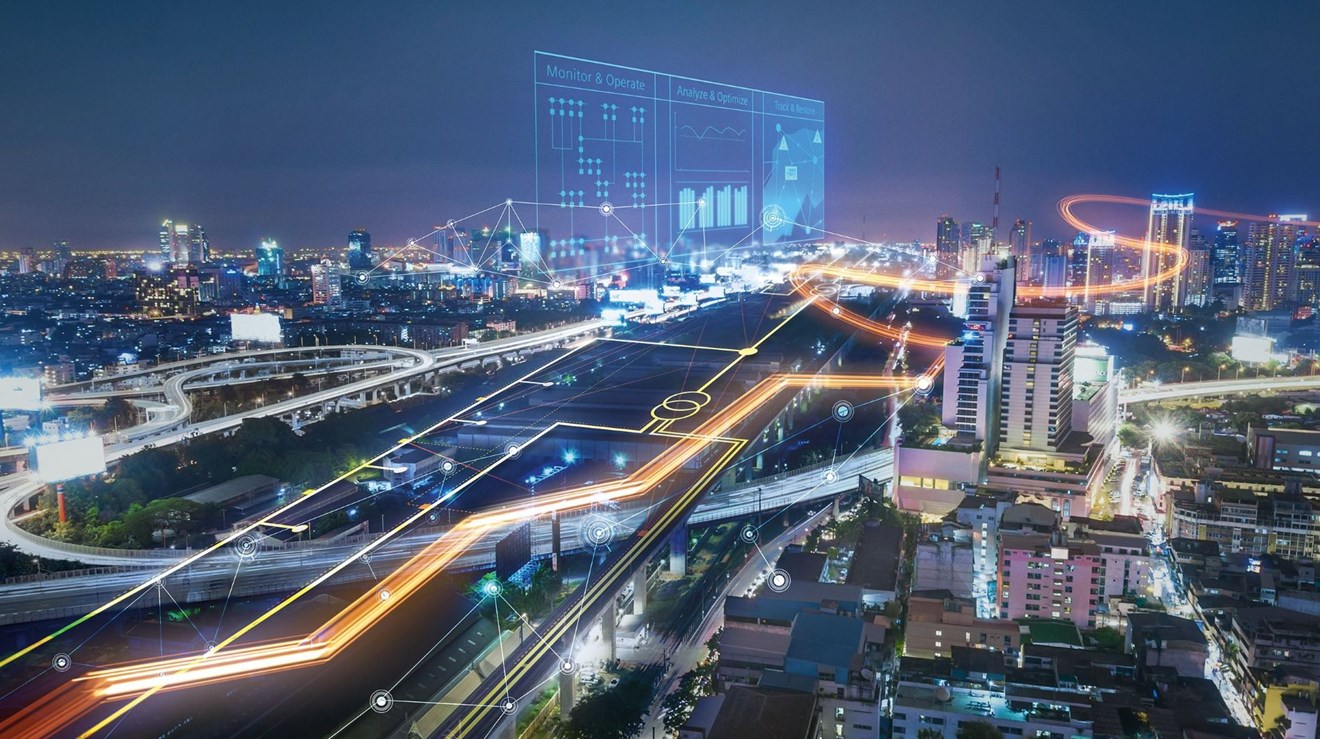At Smart to Future Cities, Europe’s city-centric event for citizen-centric smart cities, Siemens Smart Infrastructure will explore how smart infrastructure and real-time data are shaping the design of future cities; paving the way for ultra-efficient sustainable urban environments.
Smart infrastructure leverages intelligent sensors, Artificial Intelligence (AI), machine learning and cloud computing to help better understand the performance of infrastructure enabling cities to be dynamically planned, modelled, built, improved and maintained.
“According to the World Economic Forum, currently 85 per cent of assets remain unconnected but digitalisation is rapidly changing the landscape as cities begin to seamlessly blend physical and digital infrastructures,” commented Mark Jenkinson, City Director London at Siemens. “Not only will this allow city planners to create more adaptable, efficient, secure and greener urban areas but it will also enable them to use the data, garnered from millions of datapoints, to make better informed-decisions about environmental and financial issues - revolutionising existing infrastructures.”
Jenkinson, City Director London at Siemens is hosting the session: ‘Effective and efficient cities: why does real-time data hold the key?’ on Thursday, 11 April 2019 09:30 - 09:50. Siemens will highlight the positive impact good data can have on various aspects of people’s lives such as health, crime, commuting and resources when cities exploit its use. In addition, Siemens plans to showcase its work with software provider Bentley Systems on 3D modelling, energy systems, smart infrastructure and city environment management [using AI and IoT].
“The 3D modelling technology behind digital twins is playing a vital role in the development of smart cities. Modelling buildings or an entire city then simulating scenarios under differing and sometimes, complex, conditions allows designers to analyse the response a design may have to changes in things like occupancy, energy supply or other parameters. Anything can be tested - a change in one entity could affect many others further down the line. Feeding real-time data back into the virtual environment gives an incredibly accurate and ‘authoritative’ view from where planning decisions can be made,” added Jenkinson.
Data is also being used to tackle one of the major challenges facing cities: meeting their energy needs. Jenkinson explained, “Population-dense cities occupy two to three per cent of the planet’s surface and consume 70 per cent of the world’s energy. City authorities and planners face mounting pressures to find adequate solutions that both improve energy delivery and incorporate some kind of sustainable energy management.”
As energy systems become more decentralised – with more energy being generated nearer to the point-of-use - low-carbon microgrids will take advantage of constant real-time data collection and analysis to send power to areas where it is needed most, while conserving energy in places where demand drops. Microgrids enable the visualisation and analysis of energy flows and consumption for managing power needs, generating energy or distributing renewable sources. Microgrids and citygrids can work in unison to share power-loads and guarantee reliable supply.
The Triangulum Project illustrates how the insights gained from data have been used to develop solutions for cities of the future. A Horizon 2020 project funded by the EU, Triangulum is developing smart city innovations across three Lighthouse Cities of Manchester, Eindhoven and Stavanger; creating a blueprint for others to adopt.
Siemens is currently working to transform Manchester's Oxford Road Corridor into a ‘Smart Quarter’, with three key partners Manchester City Council, University of Manchester and Manchester Metropolitan University. The innovations implemented include a city-level cloud-based energy management platform, building management optimisation, energy storage integrated with onsite generation and grid independence studies. So far, the project has successfully reduced energy bills and carbon emissions, flattened peak demand on the power network and increased the use of renewable and low carbon energy within the city*. If adopted city-wide, the energy management platform could make a saving of 42,000 tonnes of CO2 per year.
Concluded Jenkinson: “The scale and scope of smart city projects are vast, in many cases impacting millions of people and resources. From devising effective solutions to ensure the reliable and efficient operation of buildings to the provision of stable and affordable energy sources, agile enough to meet a city’s changing demands, digitalisation is driving the infrastructure of tomorrow; making urban areas better places to live.”
* Further information about the Triangulum Project can be found at: https://new.siemens.com/uk/en/company/topic-areas/sustainable-energy/triangulum.html
The Smart to Future Cities Conference focuses on practical, scalable applications of smart city initiatives to improve infrastructure and quality of life. In its 8th year Smart to Future Cities will be collocated with Smart Transportation & Mobility. The event is hosted by KNect 365, formerly Informa, connecting people to Knowledge and Networks.
More information at: https://tmt.knect365.com/smart-future-cities/


